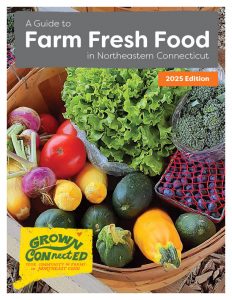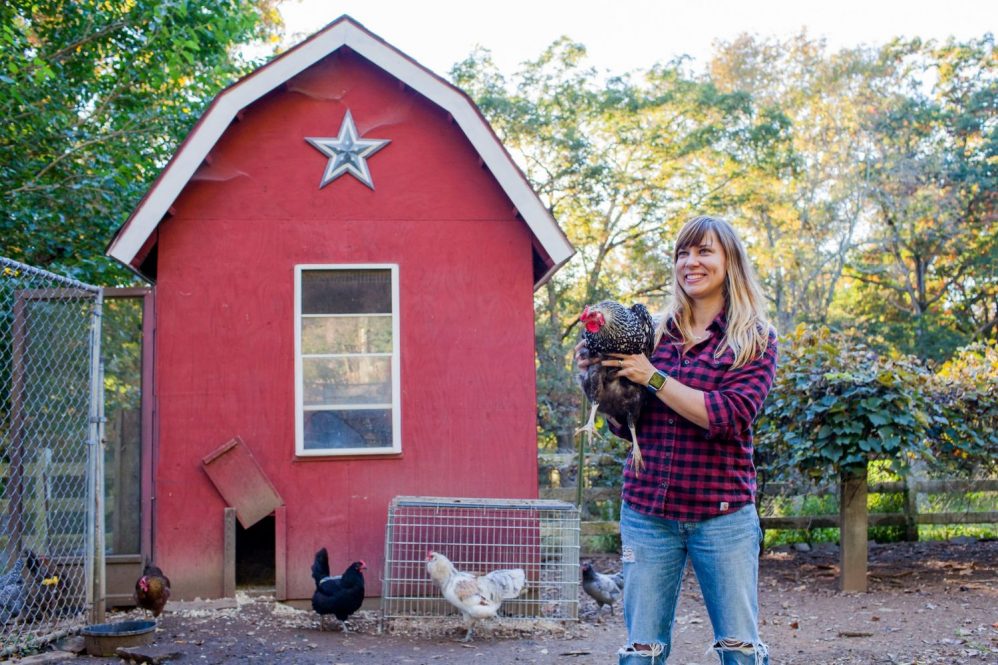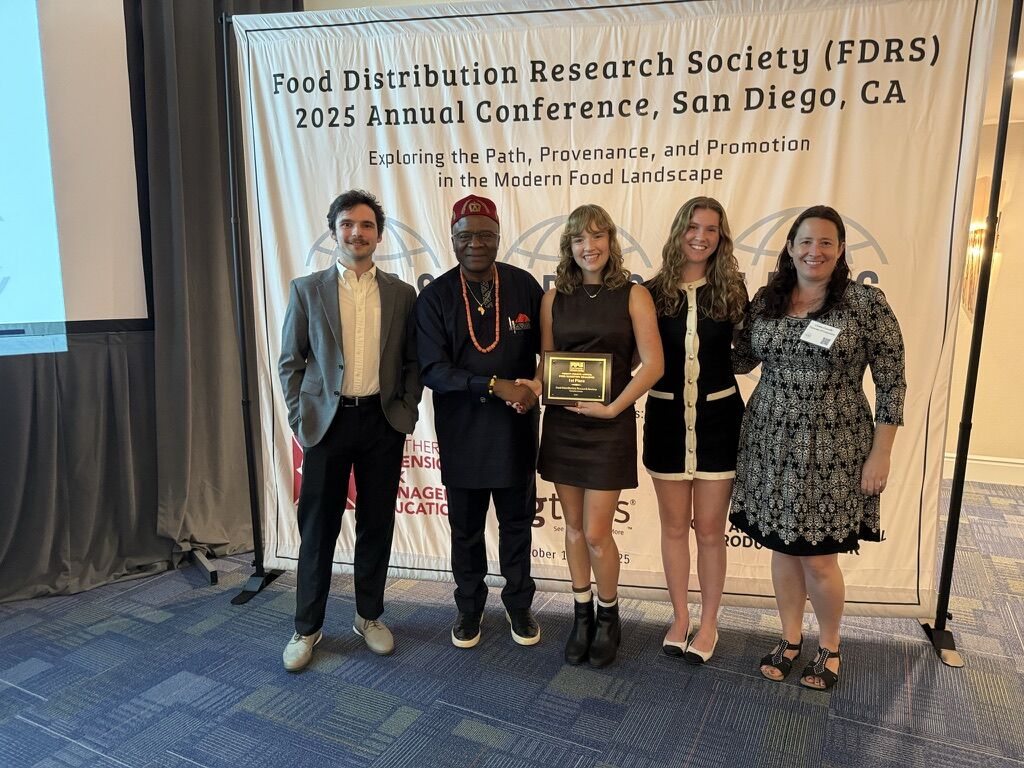Convenience defines much of modern life and nowhere is that more evident than in the grocery store. Strolling down the aisles, it’s easy to find most products whether it is July or January.
While this convenience is nice, it often creates a disconnect from our food, farmers, and communities. Grown ConNECTed, a regional initiative led by UConn Extension, strives to link consumers in Northeastern Connecticut to their local food systems by connecting consumers to local farms and farmers’ markets where they can find community, flavor, and that same convenience.
Fresh, flavorful, nutritious food is just one of the many benefits of this connection. Buying directly from regional farms also supports the local economy, ensures farmers receive fair compensation, reduces environmental impact, and strengthens community connections while fostering a more resilient food system. Across consumers and farms, these benefits really add up.

“The farms in the rural region of eastern Connecticut have so much to offer,” says Ginger Jenne, project coordinator with UConn Extension. “But they are in lower population density areas and it’s hard to know where they are. It’s important to support these farms and help people find them, so that’s where we have stepped in.”
Grown ConNECTed resources include a printed farm guide, interactive website, and active social media presence. With over 150 farms and farmstands offering direct sales in the region, and 18 farmers’ markets, consumers have options and Grown ConNECTed provides the boost to help find them. This year, the program expanded to include eight more towns.
As both a farmer and the program’s coordinator, Jenne brings empathy and firsthand experience to her role.
“The farmers are appreciative of the agricultural support that the program offers without them having to seek it out,” says Jenne.
Farms, by their nature, are part of the community and have built many relationships in the areas they serve. Jenne and Grown ConNECTed build on those relationships, while visiting the farms and sharing this greater farming community of eastern Connecticut.
“It all comes down to knowing the people who grow your food, not just where your food comes from. When I meet with farmers, it’s not just about Grown ConNECTed—it’s about listening to their experiences. Farming is hard work and is ever evolving, so I treat farmers with the respect they’ve earned,” she says.
Grown ConNECTed is committed to making local food accessible to everyone. The new Grown ConNECTed for All campaign is testing new strategies to make it easier for food insecure households in the region to access local products at farms and farmers markets.
One approach is helping farms adopt the digital technology required to process SNAP payments. The project is also partnering Connecticut’s Departments of Social Services and Agriculture to increase consumer awareness about where to redeem their SNAP, FMNP, and WIC benefits.
“The Grown ConNECTed for All campaign is more than a marketing strategy; it’s about implementing tools that make it much easier for shoppers to redeem their food assistance dollars at any farm stand or farmers market,” says Jiff Martin, food systems extension educator and principal investigator on the project.
Consumer support is vital for these farms and their long-term success.
“We want to make local food part of everyday life,” Jenne says. “There’s nothing like eating local and fresh. Eastern Connecticut farms offer incredible diversity; there’s always something new to discover.”
Looking ahead, Grown ConNECTed will continue strengthening farm networks through increased visibility and a more inclusive local food system. The team is working with the Last Green Valley and the Connecticut Office of Tourism to continue strengthening Eastern Connecticut farms.
“Find a farm you love and support them. There are so many to choose from and they’re all part of our community,” says Jenne.
Funding for Grown ConNECTed was made possible by the U.S. Department of Agriculture’s (USDA) Agriculture Marketing Services through grant agreement 24FMPPCT1225-00. The project’s content is the sole responsibility of the authors and does not necessarily represent the official views of the USDA.



